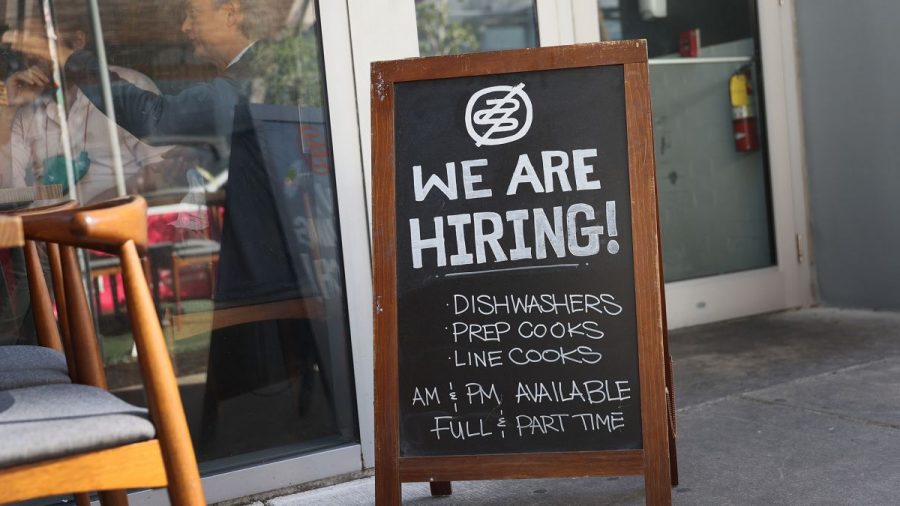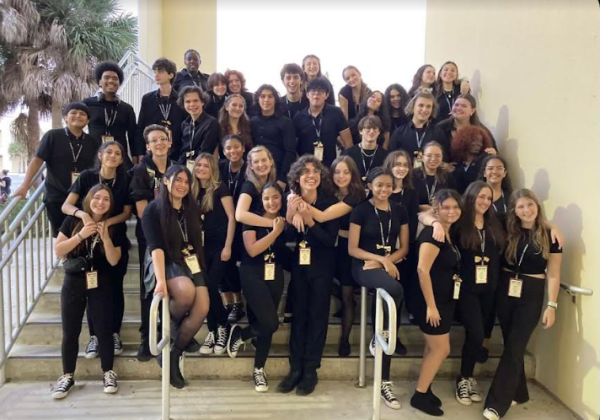Restaurants re-openings hampered by lack of staff
Despite pandemic restrictions being lifted, many restaurants are still not able to fully re-open due to being short-staffed.
Restaurants have been facing many issues in dealing with COVID-19, including difficulty sourcing food, abiding by state and local regulations, and staffing.
When the pandemic first hit, many restaurants found themselves with the difficult task of laying off and furloughing staff because most pandemic regulations did not allow for dining out. At the outset of the lockdown, many restaurants offered a limited take-out menu, but restaurants began losing money and could no longer afford to keep a full staff employed.
Now, with restrictions being lifted and many restaurants returning to normal operations, the restaurants are having the opposite problem in that they cannot find enough staff to meet their needs.
“Typically, 60 or 80 people might show up to interview for a position like that one. This time? Nobody,” said Massoud, owner of Lilli, an upscale Lebanese restaurant in New York City, speaking of his attempts to fill out his staff now that his restaurant has fully reopened. “That has not happened, ever, in the 14-year history of the business.”
Massoud expresses his concern for his business in strong detail. He foreshadows that his restaurant will not continue if people don’t offer to work.
Normally a shortage of staff may lead to restaurants having difficulties operating throughout the workday. “The staffing shortage means the restaurant is not open for business during lunch or on Monday nights, even as it struggles,” expressed Massoud.
Obviously, this is an unfortunate situation for Massoud and other restaurant owners who are finding themselves short-staffed. The lack of staffing has left restaurants vulnerable to uneven hours and times where they can’t even serve customers.
On a surface level, the problem seems to be in the way the serve staff of most restaurants is paid. In Florida, the minimum wage for serve staff employees was raised to $5.63 an hour. Of course, such employees rely on tips, but the amount one can earn from tips varies greatly from restaurant to restaurant. In Florida, the average serve staff employee earns an average of $8.65 an hour according to the U.S. Department of Labor website.
Since the onset of the pandemic, many restaurant employees are reporting a decrease in the amount of the average tip and an increase in the number of rude and abusive restaurant patrons. Simply put, during the pandemic, many restaurant patrons became cheaper and meaner.
There are reports from restaurant owners claiming they can’t even entice potential employees with increased salaries. Sue Choi and her husband own multiple Korean restaurants in New York City and two weeks after posting a job listing for a hostess at a rate of $30 an hour, they still haven’t been able to find anyone to take the position. It should be noted that the average hostess pay at a New York City restaurant is just under $13 an hour, so one must wonder what other factors are in play at this particular restaurant offering double the going rate.
One such additional factor making it difficult for restaurants to completely re-staff is that many of those experienced restaurant employees that were let go at the outset of the pandemic lockdown moved on to other fields of work.
“When we had to start closing dining rooms and we reduced our staff, unfortunately, we lost them to other industries, specifically retail and grocery retail and delivery, Uber, those kinds of things,” Melissa Stewart, the executive director of the Greater Houston Restaurant Association, told ABC News.
Those other fields, many of them also in a hiring frenzy, have become more appealing to people than the restaurant industry as the guaranteed rate of pay is higher and the clientele manding.
Still another factor is the increased risk of contracting COVID-19 that comes with dealing with as many different people as restaurant employees do. “Surveys have shown some people say they aren’t working because they worry about spreading or contracting COVID-19,” reports The Wall Street Journal.
Even with Covid-19 vaccines rolling out in bulk, many still have reservations about public settings and safety in a restaurant environment where there are numerous people going in and out of the seating areas; It’s important for employees to stay safe from Covid-19. Perhaps the threat of contracting the illness.
The restaurant industry is a very important one. Not only because it provides jobs to individuals, but indirectly it helps other sectors of the economy. For example, when restaurants are sourcing their foods, they often have to go to other organizations to get that food produced and shipped to them.
The restaurant industry is bigger than some people realize and since they are short-staffed, it has a negative impact on other sectors. The restaurant industry may not seem like such a big deal, but in a larger perspective, all sectors bounce off each other to form a synergy. If this synergy is somehow interrupted, all sectors could be at risk.

















